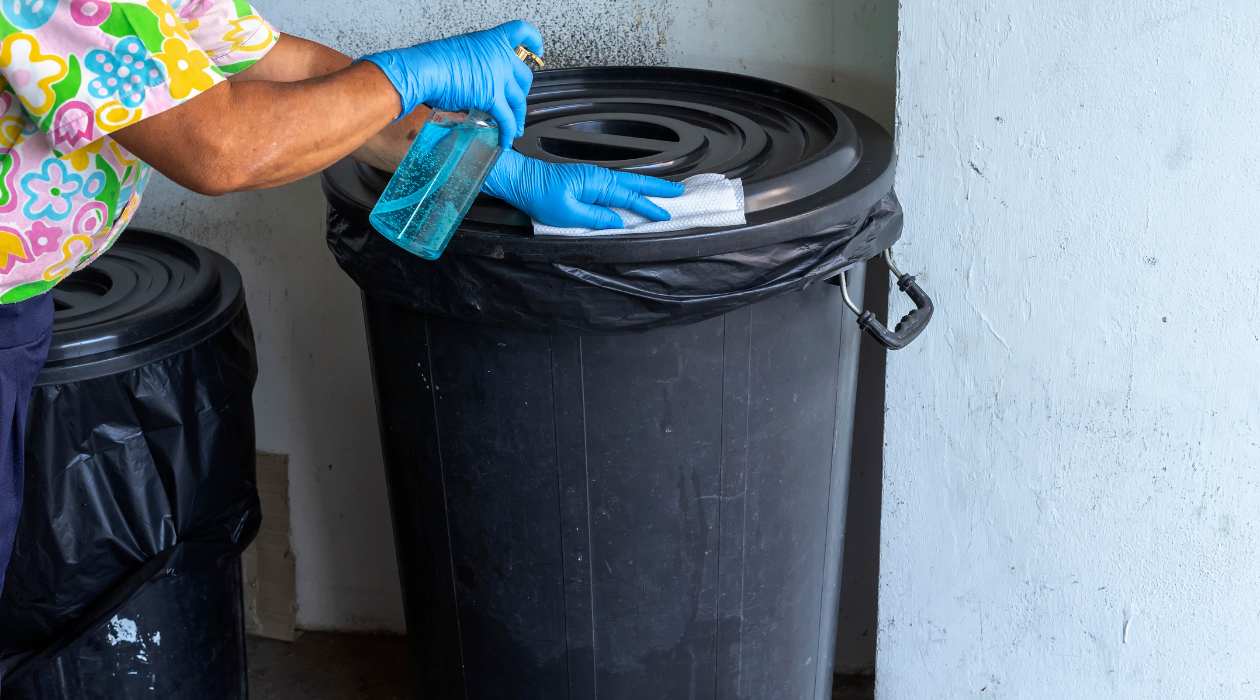Controlling maggots in your compost requires a strategic approach to maintain a healthy composting environment without letting these pests take over. Maggots, typically the larvae of flies, thrive in moist, decomposing organic matter; making compost bins an ideal habitat for them. However, their presence can disrupt the composting process and create unpleasant odors. To effectively manage and eliminate maggots from your compost, several practical strategies can be employed. Firstly, maintaining proper composting conditions is crucial. Ensure your compost pile is adequately aerated by turning it regularly. This helps to regulate the temperature and moisture levels, creating an environment less favorable for maggots to breed. Additionally, covering your compost with a breathable material such as a tarp or burlap can help to retain moisture while still allowing airflow, thereby discouraging fly activity and maggot infestations. Secondly, incorporating brown materials such as dried leaves, straw, or shredded newspaper into your compost can help balance the nitrogen-rich green materials that maggots are attracted to.

This balanced carbon-to-nitrogen ratio not only speeds up the composting process but also reduces the attractiveness of the compost to egg-laying flies. Another effective method is to introduce biological controls. Beneficial nematodes, microscopic organisms that prey on pest larvae like maggots, can be applied to your compost bin and how to get rid of maggots in trash can. These nematodes are harmless to plants and animals but actively seek out and consume the larvae, helping to naturally reduce maggot populations without the use of chemicals. Furthermore, maintaining good hygiene practices around your compost bin is essential. Clean up any spilled food scraps or decaying matter promptly, as these can attract flies and provide breeding sites for maggots. Keeping the area around your compost clean and free of debris reduces the likelihood of infestations. If maggots have already infested your compost, there are still effective ways to control their population. One method is to physically remove the maggots by hand and dispose of them away from your compost pile.
Ensure you wear gloves and handle the maggots carefully to prevent spreading them unintentionally. For a more proactive approach, you can create a maggot trap using a container filled with soapy water placed near the compost bin. Flies attracted to the compost will be drawn to the water and drown, reducing the number of eggs being laid in your compost. Lastly, if these methods do not sufficiently control the maggot population, consider using natural insecticides or microbial treatments specifically designed for composting environments. These products are formulated to target pest larvae while being safe for use in organic gardening and composting. In conclusion, managing maggots in your compost requires a combination of preventive measures and active management strategies. By maintaining proper composting conditions, incorporating biological controls, practicing good hygiene, and using targeted treatments when necessary, you can effectively reduce and eliminate maggot infestations while promoting a healthy composting environment. Consistency and vigilance are key to ensuring that your compost remains pest-free and productive.